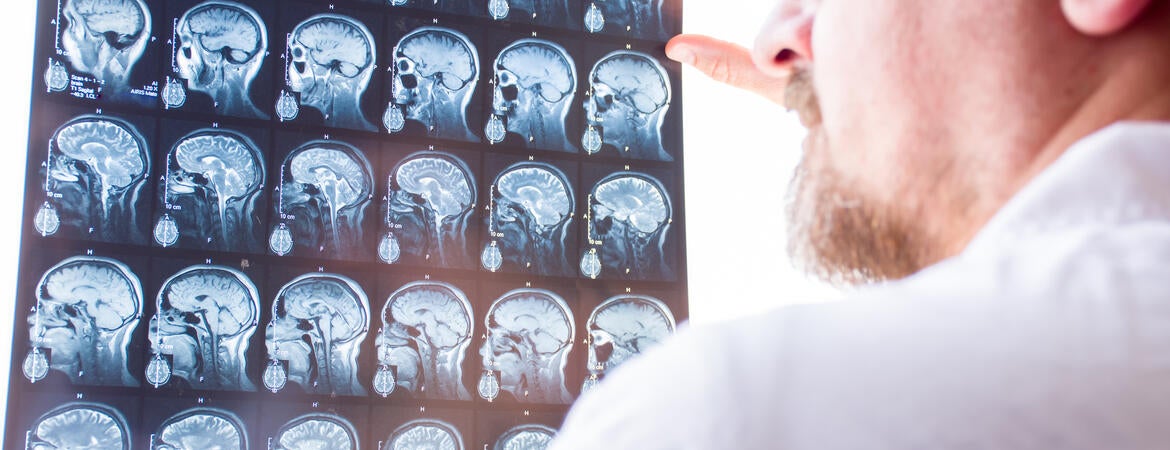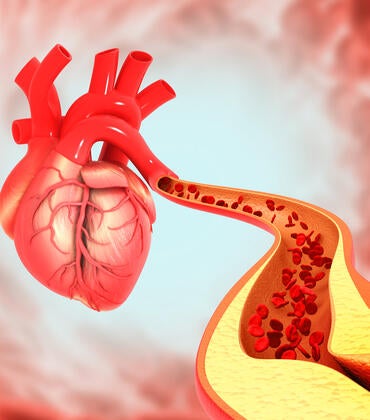
Iryna Ethell, a professor of biomedical sciences in the School of Medicine at the University of California, Riverside, has been awarded a five-year grant of $2.4 million from the National Institutes of Health to study mechanisms of hyperexcitability and seizures in neurodevelopmental disorders such as such as attention-deficit/hyperactivity disorder and autism.
“In this project we will address critical gaps in our knowledge, such as what role do astrocytes play in inhibitory synapse development in the hippocampus,” Ethell said. “We expect our work will lead to the development of novel therapeutic targets to treat neurodevelopmental disorders, including autism spectrum disorder, schizophrenia, and epilepsy.”
Astrocytes are star-shaped cells in the brain that are actively involved in brain function. They regulate synaptic connections between neurons. Each neuron in the brain receives numerous excitatory and inhibitory synaptic inputs. The balance between excitation and inhibition in neuronal circuits can play a role in causing many neurological disorders.
Ethell’s lab has studied a protein called ephrin-B1, which spans the membrane surrounding the cell and plays a role in maintaining the nervous system. Preliminary findings from her lab show that loss of astrocytic ephrin-B1 increases susceptibility to seizures and reduces sociability in mice.
EphB receptor signaling is a cellular pathway that regulates many developmental processes and is necessary for distributing and organizing synapses. Ethell explained that ephrin-B/EphB receptor signaling in the brain controls the development of inhibitory networks, that control brain excitability in a timely and special manner to ensure orderly brain functions and preventing seizures.
“If you compare the brain to driving a car, your excitatory network is a gas pedal that initiates the brain responses, but inhibitory networks are the brakes to ensure it does not crash,” Ethell said.
The research will use mouse models as well as state-of-art analysis and imaging approaches.
“We think this project will further our understanding of the mechanisms which lead to neurodevelopmental disorders and will allow us to discover novel interventions for treating these disorders by fixing abnormal inhibitory networks,” Ethell said.




